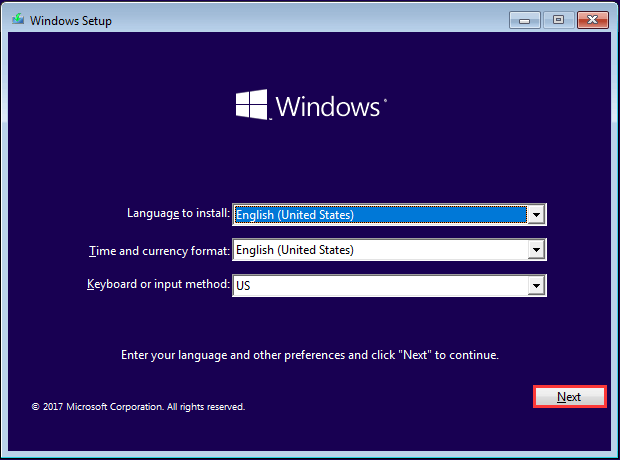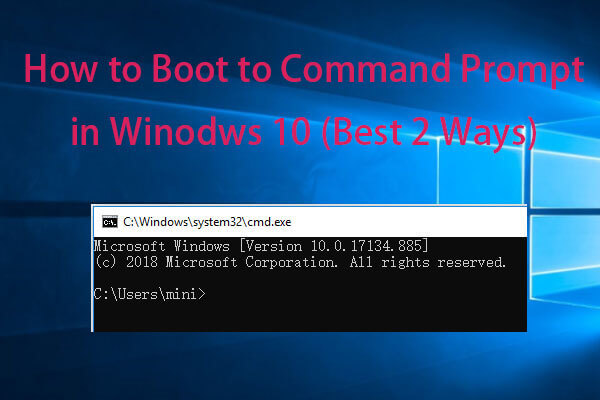

- #How to format disk windows 10 wioth command prompt full
- #How to format disk windows 10 wioth command prompt software
- #How to format disk windows 10 wioth command prompt windows 8
- #How to format disk windows 10 wioth command prompt free
Specifies the drive letter (followed by a colon), mount point, or volume name. Windows 10 and Windows 11 syntax FORMAT volume ] įORMAT volume įORMAT volume
#How to format disk windows 10 wioth command prompt windows 8
#How to format disk windows 10 wioth command prompt free
Something easy to try is Photorec, which is free and effective.
#How to format disk windows 10 wioth command prompt software
Running software that scans raw data for files would be a good test of a true wipe. Think like a data recovery engineer try to find evidence or data from before the wipe. To verify the drive is wiped, you can use a couple different methods. That works more often than you’d think with the right software in the hands of the right tech. Software that scans through raw data should be able to find files there.Īlso, some software can use the remnants of the previous file system if there is still enough of that around to locate and extract files with also file system metadata intact. If a format was completed that did not zero out all of the sectors, previous file data remains in the areas on the drive that the new file system considers to be free space until overwritten. However, that doesn’t mean file data is completely gone. The previous file system is destroyed or invalidated with a format command (speaking generally and not knowing which specific command was used).

How Can I Verify A Wiped Hard Drive in Windows? For Vista and later, format without /q does overwrite with zeroes (one pass unless /p is specified). For XP and earlier, format command without /q did not overwrite with zeroes.
#How to format disk windows 10 wioth command prompt full
That is fairly imprecise, since we don’t know what “when a full format is performed” means for actual command line commands.Įssentially, it means a “non /q” format on the command line. In Windows XP and earlier versions of Windows, the format command does not write zeros to the whole disk when a full format is performed. By default in Windows Vista and later versions, the format command writes zeros to the whole disk when a full format is performed. The behavior of the format command changed in Windows Vista and later Windows versions. However, MS changed the behavior of the format command for Windows Vista and later. The GUI format dialog has a Quick Format checkbox, which seems to correspond to the /q parameter and is normally checked by default. Well what does that mean? Microsoft doesn’t link to any related documentation, unfortunately. If you do not specify any of the following command-line options, format uses the volume type to determine the default format for the disk. But what about the specific command line “format”?įrom the MS documentation here, the /q parameter appears at first glance to only prevent a CHKDSK run that would check for bad sectors.īut what does a “format” in the command line by itself with no parameters do? Well, this has changed in the past.įrom the MS documentation on the format command: In Windows, a “Quick Format” (which can be thought of as a “regular” format, since it’s fairly common) does not wipe/zero/overwrite the data. I find that Microsoft hasn’t been totally clear in a few places. I can see the reason for the discussion as this is a little tricky.

It started out as a question about disk formatting utilities, but by the end of the discussion, users were trying to determine what the “format” command for Windows’ command line actually did - with no parameters as far as overwriting sectors or not. I recently was asked to contribute to a discussion on the IT social community of Spiceworks.


 0 kommentar(er)
0 kommentar(er)
